Term 3 Unit 1 | Economics | 7th Social Science - Tax and its Importance | 7th Social Science : Economics : Term 3 Unit 1 : Tax and its Importance
Chapter: 7th Social Science : Economics : Term 3 Unit 1 : Tax and its Importance
Tax and its Importance
ECONOMICS
Unit -1
Tax and its Importance
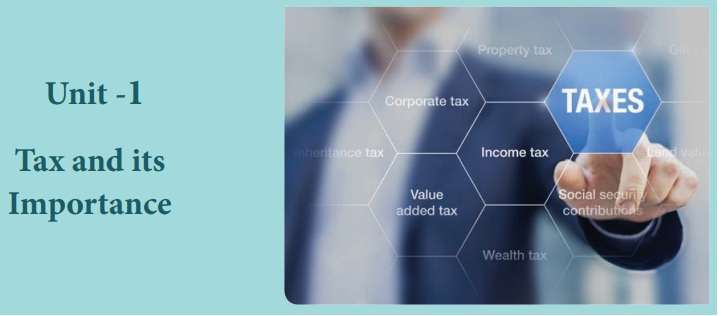
Learning Objectives
• To know the Taxation, Principles
of Taxation and its types.
• To know the importance of Tax and
its types.
• To gain knowledge of the need for
Tax and People's Welfare.
இயற்றலும் ஈட்டலுங் காத்தலும் காத்த
வகுத்தலும் வல்ல தரசு.
– திருவள்ளுவர்
"It was only for the good of his subjects that he
collected taxes from them, just as the
Sun draws moisture from the Earth to give it back a thousand
fold" – Kalidas
Introduction
For the welfare of the society, the
government has to perform various functions so it requires revenue. Modern
governments have a wider variety of sources of revenue. The principal sources
of the revenue are taxes, fees, prices, special assessment and Raffle Scheme.
Like any other country, taxes form the most important part of revenue of India.
Taxation
Taxation is a term for when a taxing
authority, usually a government, levies or imposes a tax. The term ‘taxation’
applies to all types of involuntary levies, from income to capital gains to
estate taxes. Though taxation can be a noun or verb, it is usually referred to
as an act; the resulting revenue is usually called ‘taxes’.
Taxes
Taxes are compulsory payments to the
government without expectations of direct or return or benefit to the
taxpayers. According to Prof. Seligman, taxes are defined as a compulsory
contribution from a person to the government to defray the expenses incurred in
the common interest of all without reference to special benefits conferred.
Why are Taxes Imposed?
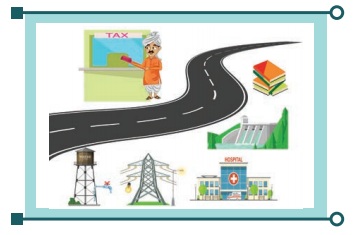
Everybody is obliged by law to pay
taxes. Total Tax money goes to government exchequer. The government decides how
are taxes to be spent and how the budget is to be organized. Tax payment is not
optional. An individual has to pay tax if any income comes under the income tax
slab. It is a duty of every citizen to pay taxes. More collection of tax allows
the government to implement more and more welfare schemes.
Principle of taxation
Adam Smith’s principles or cannons of taxation
still form the basis of the tax structure of a modern state:
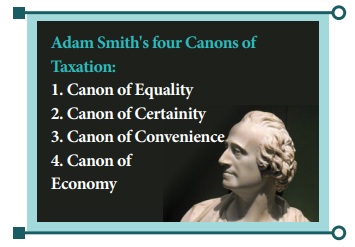
1.
Canon of Equality: the
government should impose taxes in such a way that people have to pay
according to their ability. It does not mean equal amount of tax but it means
that the burden of a tax must be fair and just.
2. Canon
of Certainty: Certainty creates confidence in the taxpayers cost of
collection of taxes and increases economic welfare because it tends to avoid
all economic waste.
3. Canon of Convenience: Taxes should be
levied and collected in such a manner that it provides a maximum of convenience
to the taxpayers. It should always be kept in view that the taxpayers suffer
the least inconvenience in payment of the tax.
4.
Canon of Economy : Minimum possible money should be spent in the
collection of taxes. Collected amount should be deposited in the Government
treasury.
Taxation Types
There are three types of Taxation:
1. Proportional Tax
2. Progressive Tax
3. Regressive Tax and
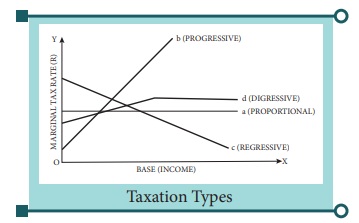
Proportional
Taxation is a
method, where the rate of tax is same regardless the size of the income.
The tax amount realized will vary in the same proportion as that of income.
If
tax rate is 5% on income and Mr. X gets an income of Rs.1,000, he will pay
Rs.50, Mr. B gets an income Rs.5,000, he will pay tax of Rs.50. In short,
proportional tax leaves the relative financial status of taxed persons
unchanged.
Progressive
Taxation is a
method by which the rate of tax will also increase with the increase of
income of the person. If a person with Rs.1000 income per annum pays a tax of
10% (i.e) Rs.100, a person with an income of Rs.10,000 per annum pays a tax of
25% (i.e) Rs.2,500 and a person with income of 1 lakh per annum pays the tax of
50% that is Rs.50,000.
Regressive Taxation
A
regressive tax is a tax applied uniformly, taking a larger percentage of income
from low income earners than from high income earners. It is in opposition to a
progressive tax.
Importance of Tax
Without
taxes, governments would be unable to meet the demands of their societies.
Taxes are crucial because governments collect this money and use it to finance
under the following social projects.
1. Health
Without
taxes, government contributions to the health sector would be impossible. Taxes
go to funding health services such as social healthcare, medical research,
social security, etc.

2. Education
Education could be one of the most
deserving recipients of tax money. Governments put a lot of importance in the
development of human capital and education is central in this development.
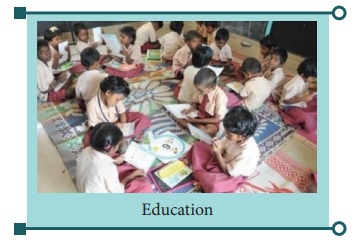
3. Governance
Governance is a crucial component in
the smooth running of country affairs. Poor governance would have far reaching
ramifications on the entire country with a heavy toll on its economic growth.
Good governance ensures that the money collected is utilized in a manner that
benefits citizens of the country.
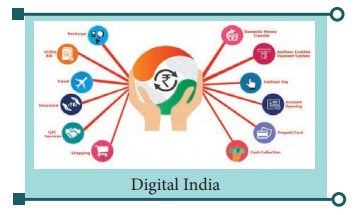
4. Other important sectors are infrastructure development,
transport, housing, etc.
Apart from social projects,
governments also use money collected from taxes to fund sectors that are
crucial for the wellbeing of their citizens such as security, scientific
research, environmental protection, etc.
Some of the money is also channeled
to fund projects such as pensions, unemployment benefits, childcare, etc. Taxes
can affect the state of economic growth of a country. Taxes generally contribute
to the gross domestic product (GDP) of a country.

Types of
tax
In
modern times taxes are classified into two types. There are:
1. Direct Tax;
2. Indirect Tax
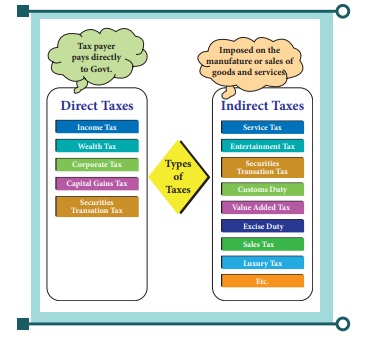
Direct
Tax
A
Direct tax is paid directly by an individualor organisation to imposing entity.
A tax payer, for example, pays direct taxes to the Government for different
purposes, including real property tax, personal property tax, income tax or
taxes or on asserts
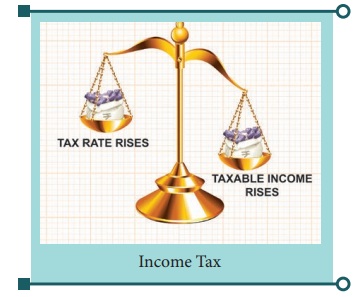
Central Board of Revenue bifurcated and a separate Board for Direct
Taxes known as Central Board of Direct Taxes(CBDT) constituted under the
Central Board of Revenue Act, 1963.
Corporation
Tax

It
is levied on profit of corporations and companies. It is charged on royalties, interest,
gains from sale of capital assets located in India, fees for technical
services and dividends.
Wealth
Tax
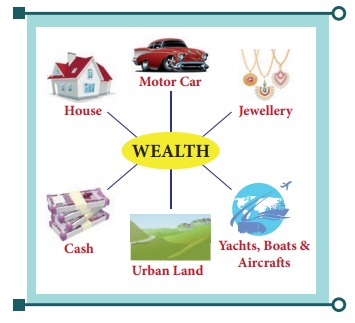
It is imposed on property of
individuals depending upon the value of property. The same property will be
taxed every year on its current market value.
Gift
Tax

It is paid to the Government by the
recipient of gift depending on value of gift.
Estate
Duty

It is charged from successor of
inherited property. It is not desirable to avoid payment of taxesThey are
levied directly on income and property of persons, who pay directly to the
government.
Indirect Tax

On
the other hand when liability to pay a tax is on one person and the burden of
that tax shifts on some other person, this type of tax is called an indirect
tax. Indirect Tax is a tax whose burden can be shifted to others. For example.
Service
Tax
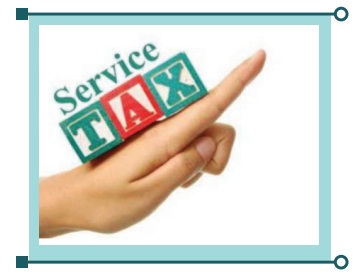
It is raised on provision of
Service. This tax is collected from the service recipients and paid to the
Central Government.
Sales
Tax or VAT

It is an indirect tax on sale of
goods because liability to collect tax is that of shopkeeper but the burden of
that tax falls on the customer. The shopkeeper realizes the tax amount from the
customer by including it in the price of the commodity that he sells.
Excise
Duty
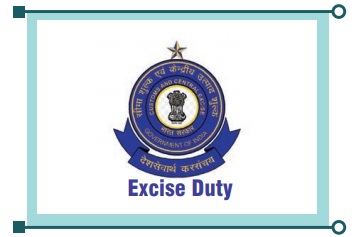
It is paid by the producer of goods,
who recovers it from wholesalers and retailers. This tax in India is levied by
the Central Government.
Entertainment
Tax

The state governments charge such
tax on every transaction related to entertainment.
Some examples are movie tickets,
video game arcades, stage shows, exhibitions, amusement parks, and
sports-related activities.
Goods
and Services Tax (GST)
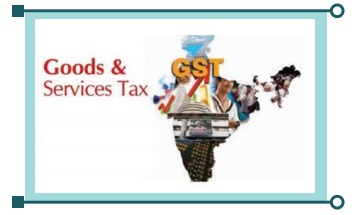
Goods and Services Tax is a kinds of
tax imposed on sale, manufacturing and usage of goods and services. This tax is
applied on services and goods at a national level with a purpose of achieving
overall economic growth. GST is particularly designed to replace the indirect
taxes imposed on goods and services by the Central and State.
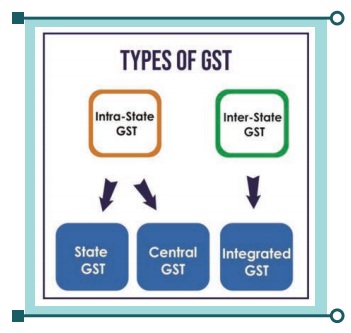
Introduction
to GST
Previous
Indirect Tax Structure and its difficulties
The history of Indian taxation goes back to ancient period.
According to Arthshastra, the book written by Kautilya, in ancient time taxes
were levied and collected in both cash and kind. The modern history of Indirect
taxes starts from the early 20th century when Central Excise Duty was imposed
on Salt, Sugar, Motor Spirit, etc. Gradually the base of Excise duties was
widened. At the time of independence, the system of Central Excise Duty at the
national level and the Sales Tax at the State level was prevailing. After
prolonged efforts and amendments, VAT was introduced first in Indian State of
Haryana in 2003 and thereafter in 24 States/UTs including Punjab, Chandigarh,
HP, J&K and Delhi in 2005. If the VAT was a major improvement over the
pre-existing Sales Tax regime , then the Goods and Services Tax (GST) is indeed
an remarkable improvement and the next logical step towards realising
perfection in taxation system in the country.
Initially, it was proposed that there would be a single and
national level GST. However, the GST tax regime has been finally implemented
from 1st July, 2017 across India. With thus there is a economic union of the
country with ONE TAX, ONE MARKET AND ONE NATION.
Goods and
Services Tax (GST) is a tax on all the goods
and services that we buy. It has two parts, the Central Goods and Services Tax
(CGST) and State Goods and Services Tax (SGST). It is a transparent tax. If you
get a bill for the products you buy, you will find the following information:
Value of the Product = Rs.100
SGST 9% = Rs.9
CGST 9 % = Rs.9
Total = Rs.118
In the bill, the GST is 18%, and it is divided equally as 9% for
the Central and State
Governments. Therefore, Rs 9 will go to Tamil Nadu Government
and another Rs 9 will go to Central government.
If a seller in Tamil Nadu sells a commodity to a buyer in other
state (for example Karnataka), it is called inter-state trade. In the case of
inter-state trade, the bill will be as given below:
Value of the Product = Rs.100
IGST 18 % = Rs.18
Total = Rs.118 Rs 18 will go to Central government. Central
government will take Rs 9 and send another Rs 9 to Karnataka government.
The tax is divided into five slabs - 0 per cent, 5 per cent, 12
per cent, 18 per cent, and 28 per cent. Although GST is collected by the
central government, taxes on petroleum products, alcoholic drinks, electricity
are separately collected by the state government and almost all the necessities
of life like vegetables and food grains are exempted from this tax.
Toll Tax & Road Tax

Toll tax is a tax you
often pay to use any form of infrastructure developed by the government,
example roads and bridges. The tax amount levied is rather negligible which is
used for maintenance and basic upkeep of a particular project.
Swachh Bharat Cess

This is a cess imposed by the government of India and was started from 15 November 2015. This tax is applicable on all taxable services and the cess currently stands at 0.5%. Swachh Bharat cess is levied over and above the 14% service tax that is prevalent in the present times.
Distinction between Direct and Indirect tax

Direct
Tax
* Burden cannot be shifted by taxpayers
* Tax is imposed on personal income and
corporate income
* Direct tax has no inflation pressure
* The impact and incidence are the same
in case of direct tax
* Direct tax is less elastic
Indirect
Tax
* Easily be shifted to another person
* Taxes imposed on various goods and services
* This tax has inflation pressure
* The impact and incidence are different
in case of indirect tax
* Indirect tax is more elastic
Need for Tax and Peoples Welfare

The levying of taxes aims to raise
revenue to fund governing. It helps alter prices in order to balance the affect
of demand. States and their functional equivalents throughout history have used
money provided by taxation to carry out many functions.
Some of these include expenditures
on economic infrastructure like, transportation, sanitation, public safety,
education, health-care systems, military, scientific research, culture and the
arts, public works, public insurance, etc. A government's ability to raise
taxes is called its fiscal capacity.
When expenditures exceed tax
revenue, a government accumulates debt. A portion of taxes may be used to serve
past debts. Governments also use taxes to fund welfare and public services.
These services can include education systems, pensions for the elderly,
unemployment benefits, and public transportation. Energy, water and waste
management systems are also common public utilities.
According to the proponents of the
list theory of money creation, taxes are not needed for government revenue, as
long as the government in question is able to issue flat money. The purpose of
taxation is to maintain the stability of the currency, express public policy
regarding the distribution of wealth, subsidizing certain industries or
population groups or isolating the costs of certain benefits, such as highways
or social security.
Summary
*
Taxation is a term used for when a government taxing authority levies or
imposes a tax. The term ‘taxation’ applies to all types of involuntary levies,
from income to capital gains to estate taxes.
*
Taxes are compulsory payments to the government without expectations of direct
or return or benefit to the taxpayers.
*
Proportional Taxation is a method, where the rate of tax is same regardless
size of the income.
*
Governance is a crucial component in the smooth running of country affairs.
*
A Direct tax is the tax whose burden is directly borne by the person on whom it
is imposed, i.e., its burden cannot be shifted to others.
*
Estate is charged from successor of inherited property. It is not desirable to
avoid payment of taxes .
*
Indirect Tax is a tax whose burden can be shifted to others.
*
Excise duty in India is levied by the Central Government.
*
Goods and Services Tax is a kinds of tax imposed on sale, manufacturing and
usage of goods and services.
*
The levying of taxes aims to raise revenue to fund governing or to alter prices
in order to affect demand. States and their functional equivalents throughout
history have used money provided by taxation to carry out many functions.
References
1.
Public Finance, Tyagi.
2.
Public Finance, H.L. Bhatia.
3.
Direct Taxes, V.K. Singhania.
4.
htt:\\www.GST.in.
Glossary
1. Equality:
equal opportunities சமத்துவம்
2. Convenience:
the state of being able to proceed with something
without difficulty
வசதி
3. Proportional:
equivalent விகிதாசார
4. Regressive:
taking a proportionally greater amount from those on lower incomes
பிற்போக்கு
வரி
5. Inherited:
received as an heir at the death of the previous holder மரபுரிமை
6. Accumulate:
gather குவிக்க
7. Subsidize:
contribute to மானியம்
8. Persecution:
unfair treatment of a person or a group, especially because of their religious
or political beliefs துன்புறுத்தல்,
அடக்குமுறை
Related Topics